When I first saw the cover for THE GIRLS IN THE PICTURE, I was going to dismiss it as part of the recent fad of reviving classic Hollywood figures for quickie novels, ones relying more on their subjects’ allures than research. My mental image of Frances Marion and Mary Pickford didn’t match how they were depicted on the cover. Who were these tall-looking swans in 1930s gowns? Marion was certainly taller than Pickford, yet they looked to be of similar heights. My image of them comes from an earlier time, from the 1920s. In black and white publicity stills, they are not lounging, they have paused from working on sets to be photographed together.
Then I saw my friend Ana tweeting about how much she was enjoying the book, so I took another look at it. I discovered it was written by Melanie Benjamin. I had listened to the audio version of another title by her, THE SWANS OF FIFTH AVENUE, about Truman Capote and his socialite friends. I had enjoyed that novel, so when I saw I had access to an ALC (advanced listening copy) of THE GIRLS IN THE PICTURE, it was easy to decide to give it a try. I have not been disappointed.
The majority of the book is told in flashback from Marion’s and Pickford’s perspectives. “Little Mary” gives the woman who will become her Frances a break into the film industry. With non-competitive interests, Marion doesn’t want to be an actress, Pickford is able to let down her guard to make a friend who will become influential in her career. They meet when both women love work the way most would love their men. Neither has had marriages that made them happy. Their shared focus becomes making great pictures, sometimes together and sometimes not. World War I, each finding her own love of her life finally in the form of a man, and the founding of United Artists are some of the events that cause the women to drift apart.
I’m close to the end of the audiobook. It’s 16 hours and 31 minutes long. From what I’ve heard Benjamin’s successfully recreated the world of early Hollywood. She’s obviously done her research with the carefully and appropriately inserted technical and historical details, like how the physical process of editing film was done. The cameos of other famous figures, which include Charlie Chaplin and Anita Loos, feel natural. Their relationships to the protagonists dictate when they appear, and their interactions ring true to their real life counterparts. Reader Kimberly Farr’s approach and facility at accents enliven them further.
There’s a timeliness to the words she enacts that return again and again to the same theme, the efforts of women to fashion careers and achieve their dreams in a male dominated industry. For a time these two women, Mary Pickford and Frances Marion, were at the tops of their fields. They were the highest paid women in Hollywood and just as importantly their talents won them the power to bring their visions to the screen. If not for their friendship, success might not have happened on such a grand scale.
If you’d like to support this blog, you can buy THE GIRLS IN THE PICTURE from Amazon or from your local indie bookstore or from Libro.FM.
FTC Disclosure: This post contains affiliate links, and I received a free ALC of TGITP from Penguin Random House Audio.



















Tactful typist
I hope this writer mentions that Mary Pickford is also considered to be the director of many of her own films (there are images of her looking through view finders to establish camera positions). Of course, in reality, Pickford was quite vertically challenged!
msbethg
Yes, Benjamin writes about how Pickford went beyond inventing scenes for her movies and often directed her pictures. Mary is shown doing a lot of work beyond acting in the book, including cutting her own film in the early days!
She was tiny in all regards, short and petite in frame, yet on the screen she can seem so scrappy and solid. A bigger than life personality!